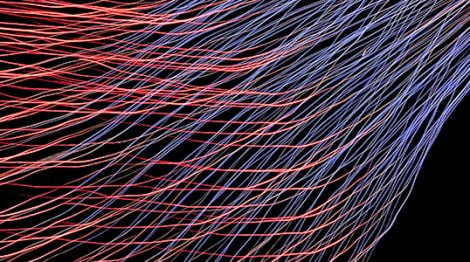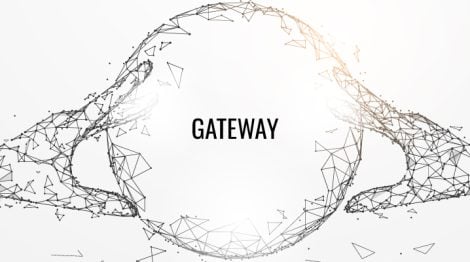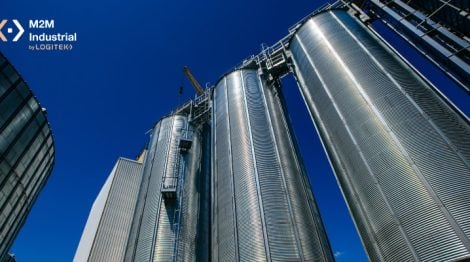Use case: LoRaWAN for warehouse management
As LoRaWAN is a technology specifically designed for IIoT initiatives, it fits perfectly as a communication network for warehouse management.

Any type of industry needs to efficiently manage its warehouse since, as a gateway to its process, or as a gateway to its customers, any type of improvement or increase in the degree of automation greatly benefits the company.
Wireless technologies have been tried as a means of communication in warehouses with little success. Using GSM technologies is not feasible, and the use of Wifi requires too many modems and energy consumption for the deployment of battery-powered equipment to be viable. Therefore, all warehouse improvement projects have generally required many meters of power and communication cables and the installation of electrical cabinets, with the costs that all this entails.
LoRaWAN, on the other hand, being a technology specifically designed for IIoT initiatives, fits perfectly as a communication network in this scenario. The reasons are several: it is possible to create a self-managed network, a single antenna can provide coverage to a large warehouse, and its low consumption allows the deployment of battery-powered devices.
However, if a specific point has to be highlighted, it is its ADR property. With it, the LoRaWAN network ensures that it can communicate correctly with any node, even if it is very far away or several elements are interposed between it and the antenna. This property is especially useful in an environment such as warehouses where metal surfaces abound and there is little direct visibility between points.
The possibilities for improvement that open up are varied; in this post, we comment on perhaps the four most important:
1 – AGV Fleet Management.
LoRaWAN allows you to send instructions to the fleet – go to that location to pick up a package of these sizes or go drop off the one you are currently carrying at this location – while they are en route, without having to go through an intermediate information point.
2 – Asset Localization.
In very large warehouses, it is very important to know where your equipment and tools are. LoRaWAN helps you know where your AGVs are, your forklifts, mobility equipment, or even operators. It is very common for that limited but highly requested machinery not to be stored where it should be each time it is used. With a LoRaWAN network and the appropriate devices, this can cease to be a problem.

3 – Pallet Location.
Another interesting object to have controlled in a warehouse can be the pallets. In the vast majority of cases, these will not carry or it will not be possible to install a LoRaWAN locator to locate them as we said in the previous point. In these cases, the approach may be different. In those specific locations where pallets are left for loading or unloading, place a LoRaWAN presence sensor. This way, you can know if that specific coordinate has a pallet or not to order its loading, unloading, or collection.
4 – Monitoring of Perishable Goods.
Deploying a LoRaWAN network will allow you to set up in a simple and low-cost way a set of temperature sensors or humidity sensors – or sensors for other magnitudes – that allow you to verify that perishable goods or those at risk of deterioration are in the appropriate conditions. In addition, when there are mobile LoRaWAN elements on the market to verify that the environment is correct, they can also be easily added to the system.
LoRaWAN has another fundamental characteristic for all these initiatives. If the architecture is well designed, it will be very easy to integrate all the information from the network into the warehouse management system.
The LoRaWAN network must be able to export information in real-time in a simple way – the most common is using the MQTT communications protocol – and then, through tools such as KEPServerEX or OPC Router send that data to the necessary applications, either through web services, standard protocols, or sending it to your databases. Moreover, using these tools, it is also possible to make an even more direct integration with higher-level systems such as SCADAs or ERPs like SAP.
If you are interested in learning more about how LoRaWAN can help you improve your warehouse management, do not hesitate to contact us.






